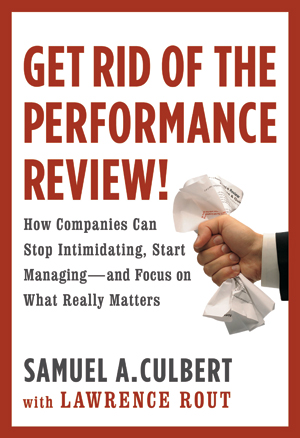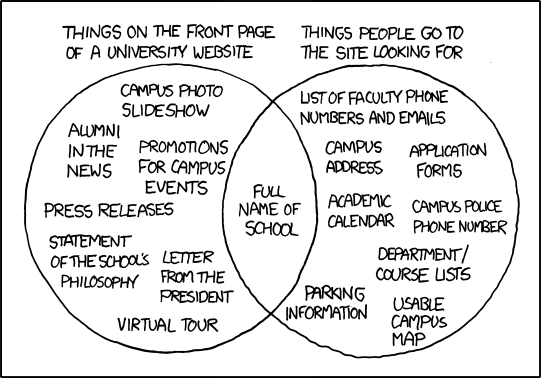Get Rid of the Performance Review?
Tonight on the HR Happy Hour Show, our guest will be UCLA Professor Samuel Culbert, author of the recent book, 'Get Rid of the Performance Review!'.
Show time is 8PM EDT and the call in number is 646-378-1086.

From the title alone, it is abundantly clear where Professor Culbert stands on the issue, and in the book he makes his argument clearly and forcefully.
According to Culbert performance reviews are fatally flawed for the following reasons (there are a few more in the book, but these are the major ones):
1. They are completely one-sided, boss-dominated exercises, where only one opinion matters, the boss, and employees quickly learn to adapt and adjust to 'boss-pleasing' behavior, that is not necessarily in the best interests of the organization as a whole.
2. The notion of 'pay for performance' that is embraced by so many organizations, is largely BS, and that compensation is mostly a product of market conditions, whether the firm desires to retain an employee, and the available budget to adjust pay treatment. Performance, especially as documented in the formal review, factors very little into this compensation decision.
3. Performance reviews actually have the opposite of the desired effect, to help employees improve and develop. They are de-motivating, de-humanizing, and effectively sour the most important relationship in the organization, that of boss-employee.
That is the gist of the arguments made in the book that argue for the abolishment of the performance review as most of us recognize it.
Professor Culbert then continues in the book to offer and describe his suggested alternative to the formal, traditional annual performance review, a construct he has termed the 'Performance Preview', a kind of ongoing, two-way dialogue centered around discussion of some key questions that are meant to better inform and equip both the boss and the employee as to each other's needs, styles, and work preferences.
Rather than dive in to all the details of the 'Preview', (I have to save something for the show), I would rather get your opinions on the issue of performance reviews, and perhaps some insights into your experiences with them, both administering them as a manager, and receiving them as an employee.
So to help me out in preparation for the show tomorrow, please drop a comment letting me know where you stand on performance reviews.
Are they:
1. Essential to the management of people and the alignment of effort to organizational objectives
2. A largely administrative process meant to provide legal backup for disciplinary procedures
3. A great tool for employee development, if only we could teach managers to really coach and mentor employees more effectively
4. A complete waste of time, and a soul-crushing, morale killing exercise in futility, and they should be abolished.
5. Something else entirely.
Let me know what you think in the comments, or send out a tweet with your thoughts in the next couple of days - just be sure to tag it with #HRHappyHour.
Oh yeah, please feel free to rate the effectiveness of this post, my self-assessment gives it a solid 'Meets Objectives'.

 Steve
Steve



